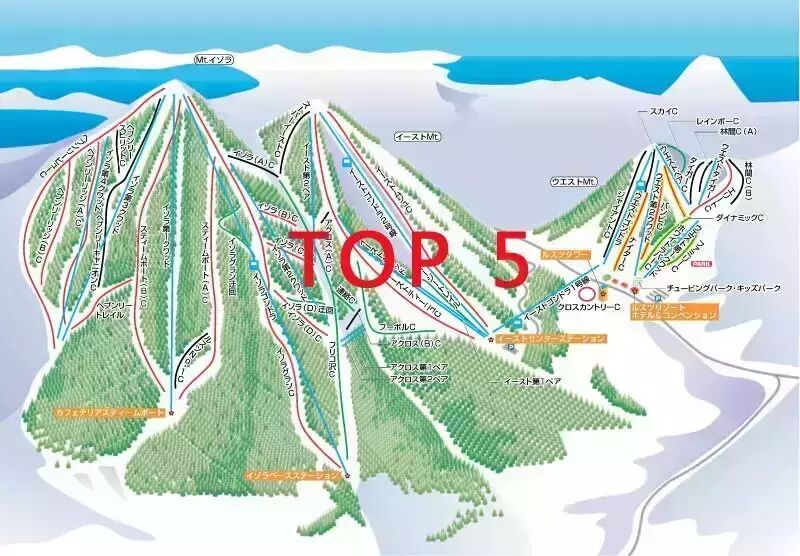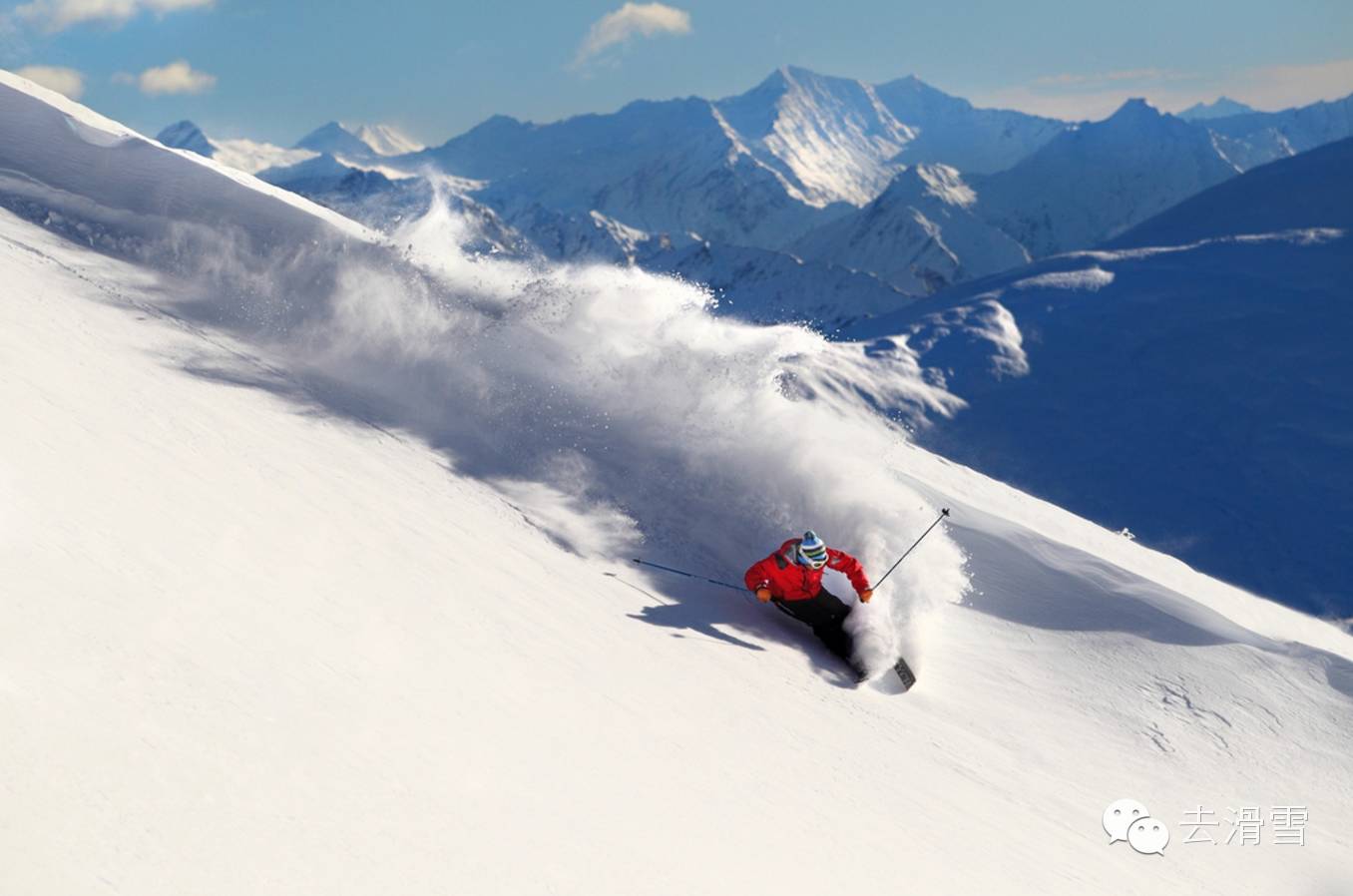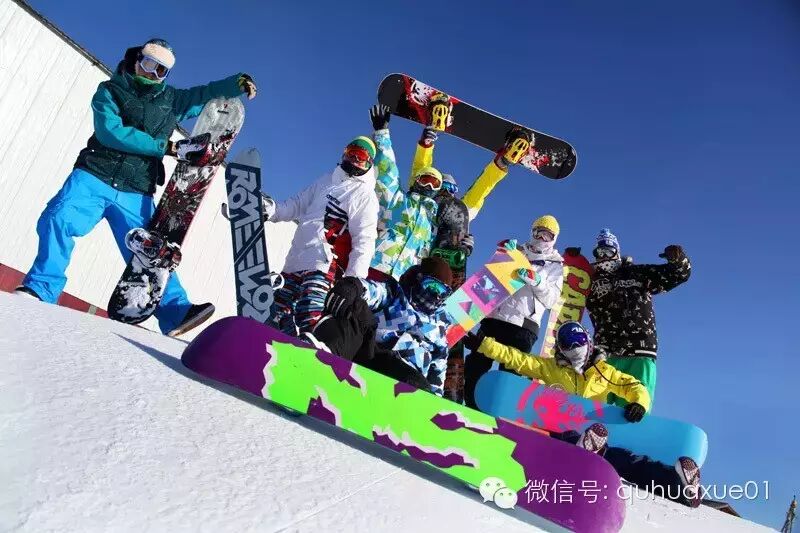New Zealand Helicopter Skiing Experience
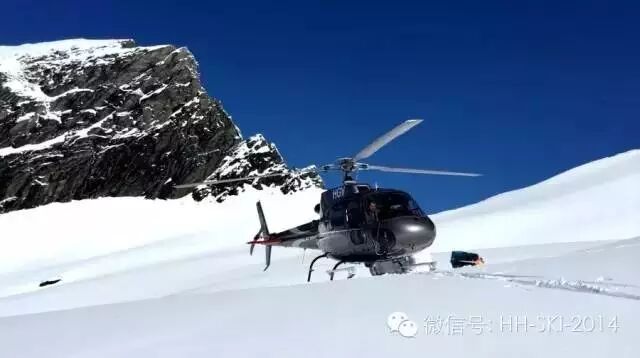
[Type: Video Sharing] [Level: General]
After completing the ski instructor training and certification in New Zealand this time, I also got to experience helicopter skiing for the very first time in my life. Originally, I had planned to celebrate my birthday on September 1st, but Mother Nature had other plans—rainy weather forced us to cancel the trip, pushing it back to the 3rd instead. As they say, when one door closes, another one surely opens. And sure enough, on September 3rd, we finally enjoyed a perfect day of straight-line skiing under clear skies, with blue skies and fluffy white clouds—a true "bluebird day"! That’s exactly why the following video was created.
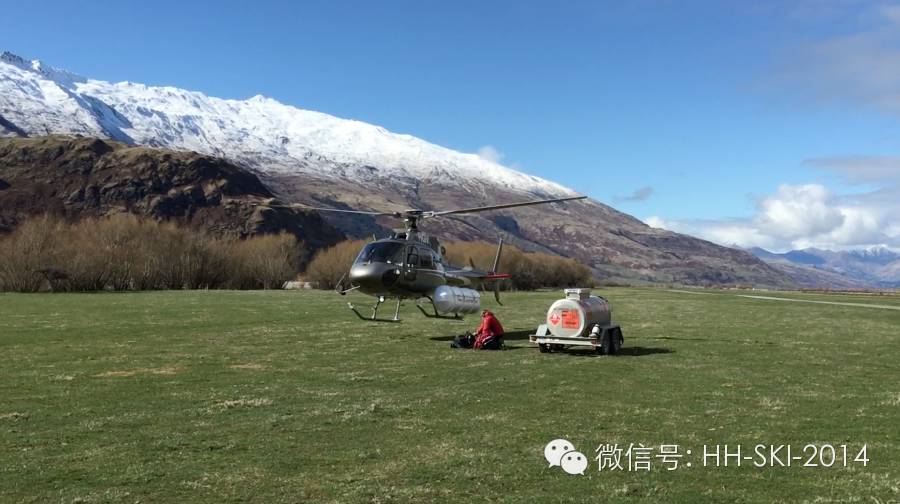
Both Wanaka and Queenstown in New Zealand offer helicopter skiing services, and the company providing them is the same. There are two areas to ski: the Harris Mountains, which is closer to Wanaka, and Mt Cook. I’ve chosen the Harris Mountains.
Helicopter skiing may seem thrilling and exhilarating, but it also comes with certain risks—primarily avalanches. That’s why it’s essential to do your homework beforehand and familiarize yourself with avalanche safety and first-aid techniques. Better safe than sorry!
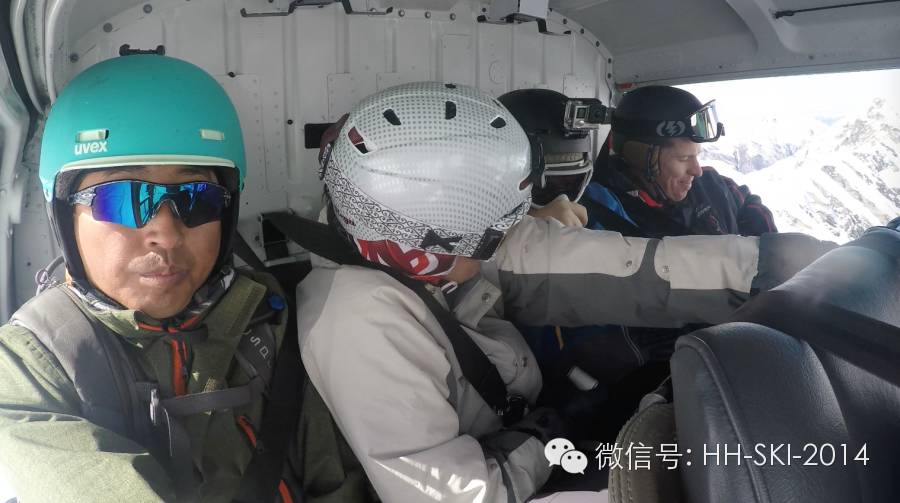
When enjoying helicopter skiing, it’s usually necessary to make a reservation in advance. During the booking process, you’ll typically be asked to complete a self-assessment form, which will then be used to calculate a score based on your skiing experience and skill level. This score helps determine the appropriate difficulty level of the slopes best suited for you.
According to the ability self-assessment form provided by Harris Mountains Heli-ski, there are four levels.
Heli 1 – With a total score between 16 and 29 points, your level corresponds to an intermediate skier who has no experience with powder snow.
Heli 2—Your total score is between 30 and 42, placing you at an intermediate-to-advanced level, though you have almost no experience skiing or riding in powder snow.
Heli 3 – With a total score between 43 and 59, your level indicates you’re an advanced rider with some experience in powder snow.
Heli4—With a total score of 60+, you’ve reached the level of a true expert who can shred on steep slopes, deep powder, and tackle all kinds of mountain terrain with ease!
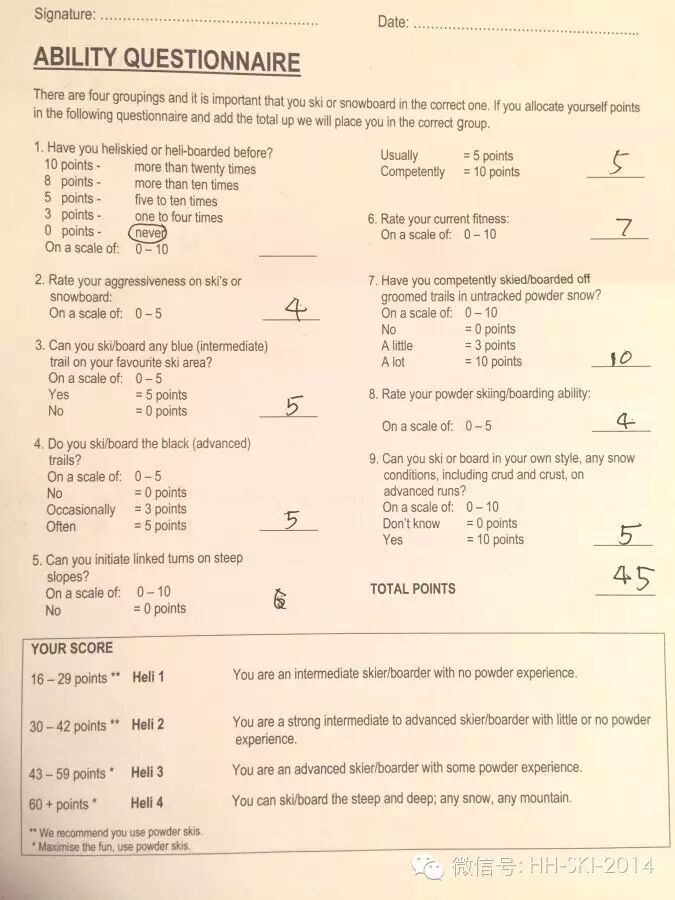
Since it was my first time trying straight skiing and I tended to underestimate my abilities (as shown in the image above), I signed up for Heli-3. But after chatting with Dean, my friend and the founder of Rookie Academy, he jokingly said, "As a graduate of Rookie Academy, how could you possibly choose Heli-3? You’ve got to go for Heli-4!" So, encouraged by his words—and maybe a bit too eager to prove myself—I ended up jumping straight into Heli-4.
The other three members of the group were all local Kiwis (New Zealanders) who had plenty of experience with straight-line skiing. At the moment the helicopter lifted off, I’ll admit I felt a bit nervous—after all, I’ve always been afraid of heights. Peering out the plane window below, I was instantly overwhelmed by a wave of dizziness. But I closed my eyes, pretending to stay calm, and before I could even blink, we were already soaring above the snow-capped mountains.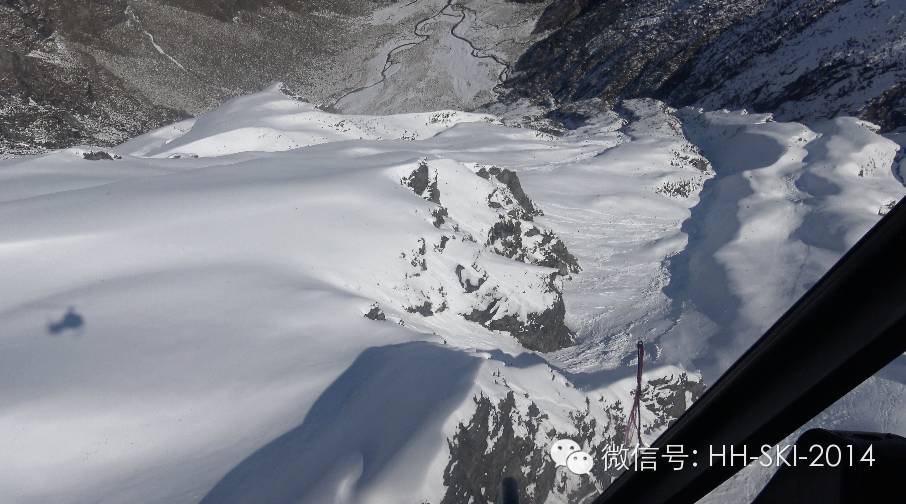
During the first warm-up run, the guide chose a relatively gentle slope. As I glided down, I barely felt anything—probably because it was early September, the temperature had started to rise, the snow was quite moist, and the slope was so gradual that sliding became surprisingly tiring. Instantly, I began to regret my decision, realizing that this is all straight skiing really feels like. In fact, it wasn’t even as exhilarating as when I trudged—and literally collapsed—up to the summit of Mount Sanzhui, only to carve joyfully through the powdery snow there!
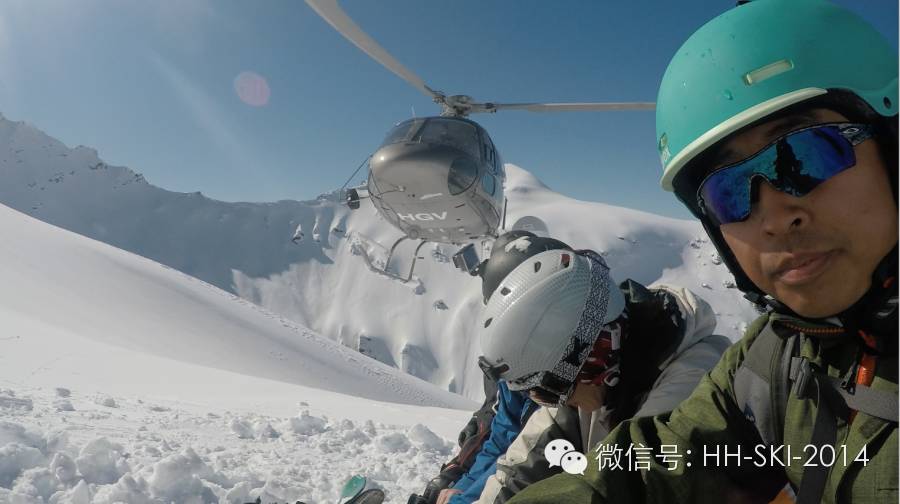
When the plane took us to the mountaintop for the second time, the slope had already become incredibly steep, and the powder snow was even fluffier than before. Out of the four of us, I was the last one to glide down—truth be told, I was feeling pretty nervous, unsure of what to expect. In that moment of tension, my movements started to feel off again, as if an old habit had resurfaced: my weight shifted dramatically backward, and instead of leading with a smooth rotation of my lower body during turns, I ended up twisting my shoulders first.
Just as I reached the middle of the run, I remembered the instructor’s wise advice: "Balance on the outside ski!" It reminded me to rely on my outer ski to maintain stability. So, as I continued sliding, I quietly repeated those words aloud—repeating them over and over in my mind. And lo and behold, as soon as I reinforced that mental cue, the exhilarating sensation of gliding effortlessly returned instantly! From there on out, everything flowed seamlessly, and I made it safely to the finish line.
As I skied back to Anna, who was guiding us, she gave me a warm smile and quipped, "Looks like you’re giving yourself a lesson right now!" To which I replied with a laugh, "Exactly—I’m basically teaching myself how to carve through fresh powder!" Haha.
Actually, I’ve skied deep powder multiple times in Japan, including a rare opportunity to hit some deep powder on an Austrian glacier at the end of July. But this time, since it was my first time doing a straight-line descent through it, the real reason I hesitated was just a bit of self-consciousness creeping in.
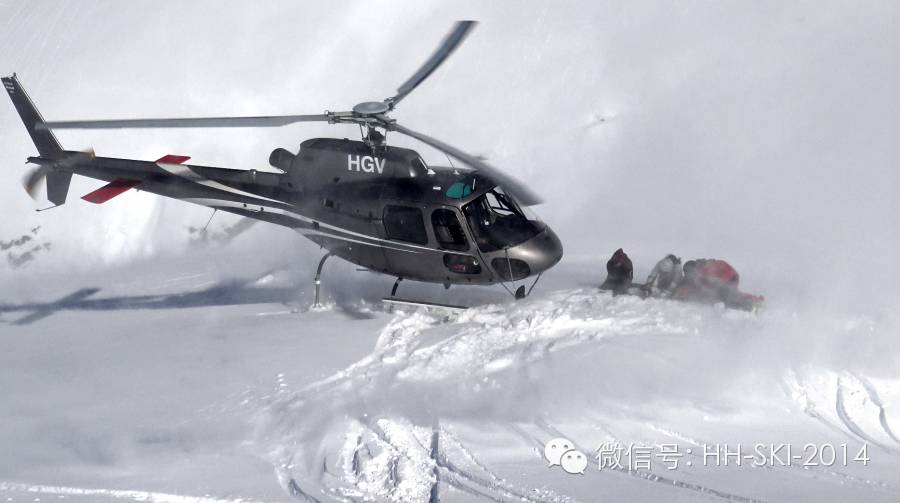
Starting from the third run, it became unstoppable—smooth, exhilarating, and absolutely thrilling as the slope grew steeper with each descent. Since we’d finally let go of the tension, our movements naturally fell into place again! Luckily this time, one of our friends who usually enjoys filming joined in too. Together, we recorded each other on camera, capturing some truly precious video footage along the way.
Here's a summary of my experience with this straight slide:
1. Safety: Before boarding the plane, the guide traditionally instructs everyone participating in the heli-skiing session on how to use an avalanche detector—and, more importantly, how to rescue themselves and others in case of an avalanche. This step is absolutely critical, so make sure to listen carefully, both for your own safety and that of your companions. If there’s a language barrier, do your best to understand the instructions. It’s essential that at least one person in your group knows English well enough to communicate effectively with the guide.
2. Discipline: Once you arrive on the snow-capped mountain, it’s crucial to stay organized and disciplined—follow the guide’s instructions carefully. Maintain a safe distance from other skiers while skiing, and avoid splitting up into smaller groups. As a sign of courtesy, take turns in an orderly fashion, yielding to your fellow skiers. And remember: "No powder snow, no friends!"
3. Physical Fitness: Skiing down the majestic snow-capped mountains requires a good level of stamina. Since our fellow skiers from China are accustomed to shorter slopes, they may not have the endurance needed for this challenging terrain. If your companions are exceptionally strong, you might find yourself falling behind—and that could even disrupt everyone else’s schedule, as the group can’t be picked up until all four members are ready. That’s why it’s best to team up with at least three other domestic skiers to ensure everyone stays together and enjoys the experience to the fullest.
4. Supplies: Always carry energy bars or similar snacks to replenish your energy on the go.
5. Remember to balance work and rest: If you’re truly feeling physically drained, feel free to let the guide know—you can take a break while the other three continue skiing.
6. Flying the Ramp: While riding a straight rail already requires sliding skills, mastering the ramp-flip technique is equally essential—especially if you want to add that extra flair or tackle obstacles, particularly the Tuck-jump. Unfortunately, due to poor jumping technique, the video reveals a shaky moment during the small-ramp flip, with my arms lagging significantly behind.
7. Camera Setup: This time, we carried a total of three cameras during the straight-line descent. One was mounted at chest level for low-angle footage, capturing the snowboard and the lower body in action. Another camera was securely attached to our helmets, primarily aimed at providing an overhead perspective—luckily, the helmet-mounted camera even managed to record the shadow of our own sliding figure! The third was a handheld zoom camera, which we used to film each other as we went along.
8. Snow Conditions: According to the guide, if you're aiming to ski on powder snow, the best time is from mid-July to mid-August. During this period, temperatures at the mountain peak remain low, and the air is dry, increasing your chances of finding pristine powder. At other times, higher temperatures and increased humidity can cause the snow to become slightly sticky.
Straight-lining is totally addictive—this was my first time doing it, but definitely not my last!
Thank you for your attention and shares: HH-SKI Red Flower Skiing
